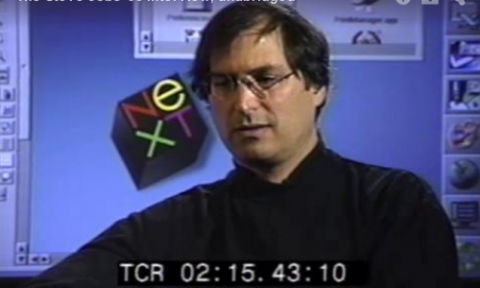It’s easy to sell books and other commodities on the web. It’s not easy to deliver a quality education. But two converging trends point toward a future when we will see the traditional university give way to an online alternative — something I wasn’t willing to bank on two years ago. First, Silicon Valley is finally focusing on e‑learning. Udacity, Coursera, Kahn Academy, EdX — they’re all looking to lift e‑learning out of a long period of stagnation. And, second, times are tough, and the traditional university system doesn’t care enough about managing costs, while wrongly assuming that it has a captive audience.
This weekend, The New York Times took a good look at the financing of a college education and highlighted a few staggering data points.
- The U.S. has racked up more than $1 trillion in student loans.
- Today 94 percent of students earning a bachelor’s degree take out loans — up from 45 percent in 1993.
- It’s estimated that the “average debt [per student] in 2011 was $23,300, with 10 percent owing more than $54,000 and 3 percent more than $100,000.”
- “Payments are being made on just 38 percent of the balance of federal student loans, down from 46 percent five years ago.”
- Finally, state funding of education is going down, and tuition is going up, which means that the figures above will just get worse.
You don’t need me to spell things out. Paying for a college education is getting unsustainable, so much so that many expect a crisis in the college loan market in the coming years. And then you consider this. Many universities seem indifferent to the difficulties students face, if they’re not intentionally exacerbating the problem. At one point in the Times article, E. Gordon Gee, the president of Ohio State University, goes on record saying, “I readily admit it … I didn’t think a lot about costs. I do not think we have given significant thought to the impact of college costs on families.” Now listen to the latest episode of Planet Money, The Real Price of College (audio), which underscores a more galling fact — many colleges think that they gain a competitive advantage if they have a high sticker price. For many schools, lower tuition is a sign of weakness, not strength.
Universities can behave this way because they think they have a captive audience. Because college grads still earn considerably more than high school grads, colleges assume that students will keep enrolling. But what will happen when cash-strapped students are presented with a viable alternative? It may take 10 to 20 years, but I wouldn’t be surprised if a new breed of school emerges, schools that throw away the four year model (and the humanities too) and offer students a very targeted online education in “practical” fields — from accounting to coding to nursing to law and business — at a dramatically lower cost. Here, the education cycle gets shortened to perhaps two years, and then students get credentialed (maybe by a trusted third-party provider) and go to work, only to return later in their careers to take more courses in specialized areas. This model will require the right technology platform (something that will get worked out fairly soon) and a change in the expectations of employers and society more broadly (something that will take time to develop, but less time than complacent colleges think).
The new system won’t be better than the current one in many respects. It won’t offer a rounded education. The teaching will be less personal. Long-lasting social bonds won’t be made as easily. (You’ll need to pay the big bucks at a traditional school for that. No, they won’t all go away.) And the teaching jobs created by these universities won’t be terribly fulfilling or lucrative. But the new system will offer a more focused and affordable education to students on a mass scale. And when students graduate mostly debt free, they won’t complain. Nor will they be forced to forego college altogether, as some would now advocate. There’s perhaps something inevitable about this shift. But the insouciance of administrators and faculty inhabiting the current system won’t do anything to delay it. Stick around, and you’ll probably see that I’m right. And if you think my look into the crystal ball is wrong, let me know.
In the meantime, we give you another take on how to solve our world’s educational problems — Father Guido Sarducci’s Five Minute University:
For oodles of free courses, don’t forget to visit our collection of 450 Free Courses from Top Universities.



